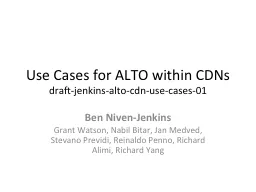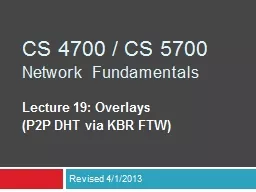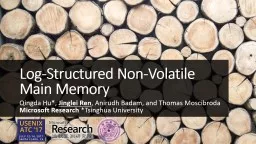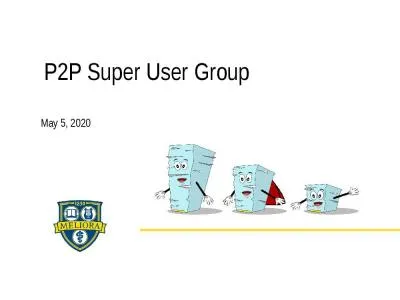PPT-Structured P2P Network
Author : liane-varnes | Published Date : 2015-11-07
Group14 Qiwei Zhang Shi Yan Dawei Ouyang Boyu Sun What is P2P Network Peertopeer abbreviated to P2P E ach computer in the network can act as a client or
Presentation Embed Code
Download Presentation
Download Presentation The PPT/PDF document "Structured P2P Network" is the property of its rightful owner. Permission is granted to download and print the materials on this website for personal, non-commercial use only, and to display it on your personal computer provided you do not modify the materials and that you retain all copyright notices contained in the materials. By downloading content from our website, you accept the terms of this agreement.
Structured P2P Network: Transcript
Download Rules Of Document
"Structured P2P Network"The content belongs to its owner. You may download and print it for personal use, without modification, and keep all copyright notices. By downloading, you agree to these terms.
Related Documents














